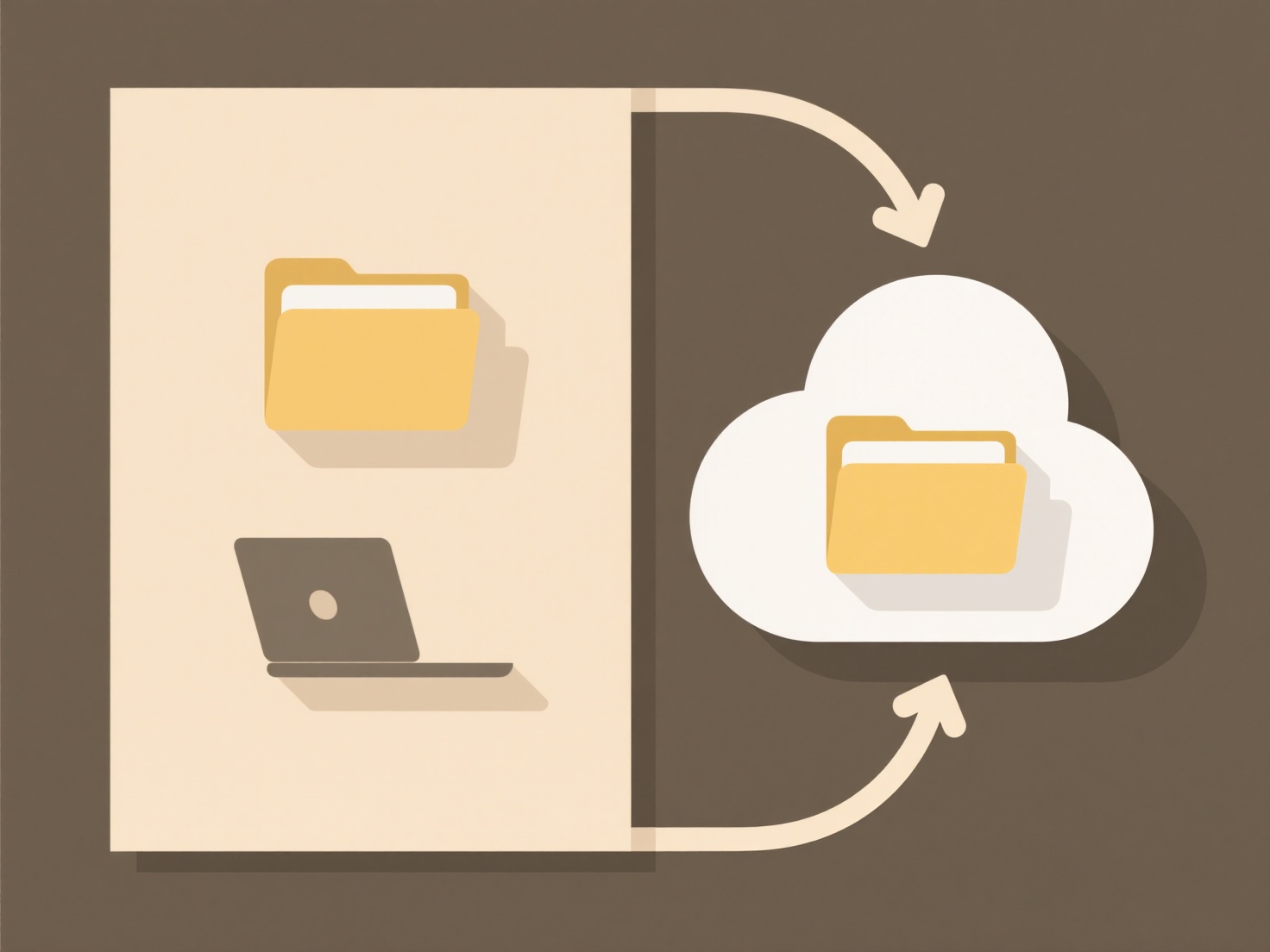
Managing access in Box involves controlling who can view, edit, download, or share your files and folders. You set permissions, determining the actions specific individuals, groups, or anyone with a link are allowed to perform on your content. This differs from simply sharing a link because permissions offer granular control (like preventing downloads) and apply to folders, not just single files. You manage this by inviting collaborators directly or setting access levels on share links.
For example, a project manager creates a Box folder, invites their team as "Editor" so everyone can upload and edit documents, but sets the folder link to "Viewer" to give clients read-only access. Similarly, an HR department shares sensitive policy documents internally by inviting only specific department groups with "Previewer" permissions, blocking downloads and printing. Box permissions are used daily across industries like finance, healthcare, and education for secure collaboration.

This granular control significantly enhances security and compliance by preventing unauthorized access or sharing. However, complexity can lead to misconfigurations if not managed carefully. Folder-level permissions are efficient but mean subfolders inherit settings unless explicitly changed. Box admins can use policies and reporting to govern access across the entire organization. Future developments often focus on automating access based on user roles or data sensitivity.
How do I manage access to files in Box?
Managing access in Box involves controlling who can view, edit, download, or share your files and folders. You set permissions, determining the actions specific individuals, groups, or anyone with a link are allowed to perform on your content. This differs from simply sharing a link because permissions offer granular control (like preventing downloads) and apply to folders, not just single files. You manage this by inviting collaborators directly or setting access levels on share links.
For example, a project manager creates a Box folder, invites their team as "Editor" so everyone can upload and edit documents, but sets the folder link to "Viewer" to give clients read-only access. Similarly, an HR department shares sensitive policy documents internally by inviting only specific department groups with "Previewer" permissions, blocking downloads and printing. Box permissions are used daily across industries like finance, healthcare, and education for secure collaboration.

This granular control significantly enhances security and compliance by preventing unauthorized access or sharing. However, complexity can lead to misconfigurations if not managed carefully. Folder-level permissions are efficient but mean subfolders inherit settings unless explicitly changed. Box admins can use policies and reporting to govern access across the entire organization. Future developments often focus on automating access based on user roles or data sensitivity.
Quick Article Links
Why is “Save” grayed out?
The "Save" option appears grayed out (disabled) when the system prevents users from saving changes immediately. This typ...
How can I manage different versions of the same document?
How can I manage different versions of the same document? Managing multiple versions of a document often involves crea...
What types of files are best suited for cloud storage?
Cloud storage is well-suited for files that benefit from accessibility, scalable capacity, or off-site backup. Ideal can...